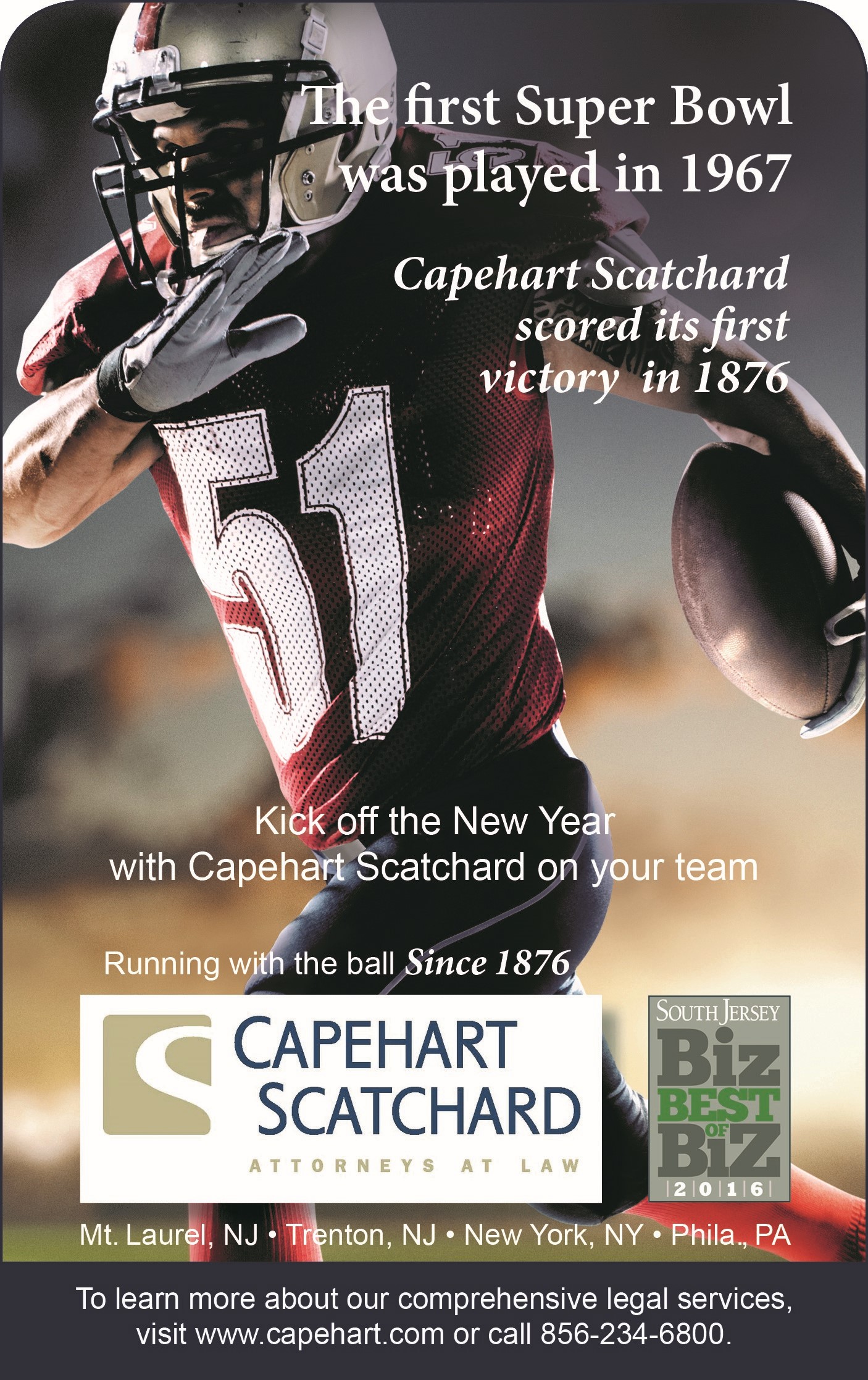Court Finds Herniated Disc Condition Meets Test of Disability under ADAAA
Anthony Mazzeo provided technical and sales services to customers in Florida and southern Georgia for Color Resolutions International LLC. He was diagnosed with a herniated disc in his low back in 2007. His employer was aware of his condition. Between January and March 2009 Mazzeo had three discussions with his supervisor regarding possible back surgery which he said would take him out of work for two weeks. His supervisor, Mr. Boyd, said that it would more than likely take him out of work for eight weeks. On February 25, 2009, Mazzeo advised Boyd that the surgery was set for the second week of March. The very next day Boyd began preparing job termination papers for Mazzeo. Boyd handed the termination papers to Mazzeo two days before the scheduled surgery.
Mazzeo sued under the Americans with Disabilities Act alleging disability discrimination. The company responded that it let him go because of declining sales revenue over a period of several years in the territory. A young college graduate was hired by the company shortly after the termination of Mazzeo to help in a different territory for someone else who was retiring. Mazzeo contended that he had previously asked to merge his territory with the retiring sales person’s territory but had been refused on the ground that his territory was very busy.
The district court dismissed Mazzeo’s claim and held that his herniated disc condition did not meet the test of disability. The Eleventh Circuit Court of Appeals disagreed with the district court largely because of the impact of the Americans with Disabilities Act Amendments Act. The Court noted that Congress intended in passing the ADAAA to avoid extensive analysis on whether a medical condition meets the test of disability. Mazzeo’s doctor said that his herniated disc condition impacted his ability to walk, bend, sleep and lift more than 10 pounds. His pain would increase with more sitting and standing. The Court also said that the relevant time to focus on whether someone is covered under the ADAAA is when the decision is made to terminate, not years later after surgery. When Mazzeo was deposed much later he said that his back problems only affected his ability to play golf and have sex. But Mazzeo had major physical complaints during the time period before his surgery when he was let go from the company.
The Court also commented that the term “substantially limits” when applied to an impairment was redefined under the ADAAA. Someone meets that test if he or she has “an impairment that is episodic or in remission . . . if it would substantially limit a major life activity when it is active.” EEOC regulations state that an “impairment need not prevent, or significantly or severely restrict, the individual from performing a major life activity in order to be considered substantially limiting.” When his back acted up, Mazzeo had intermittent problems with walking, standing, lifting and sitting, all of which are considered major life activities.
Based on this interpretation of the Americans with Disabilities Act, the Court reversed the dismissal of Mazzeo’s case and permitted him to proceed with his law suit. It also allowed Mazzeo to proceed on his age discrimination claim as well. For workers’ compensation practitioners, the case is interesting because so many workers’ compensation claimants have problems with neck and back conditions. These individuals may have covered disabilities under the ADA. The case shows how much easier it is to meet the test of disability under the ADAAA than the former ADA. When an employer is considering possible termination of an employee who has a workers’ compensation claim, it is always important to analyze whether the employee may be covered under the ADA. The timing in this case could not have been worse for the employer in laying off Mr. Mazzeo within days of his having advised of his upcoming back surgery. Readers may find this case at Mazzeo v. Color Resolutions Int’l, LLC. 746 F.3d 1264 (11th Cir. 2014).








Connect with Capehart Scatchard